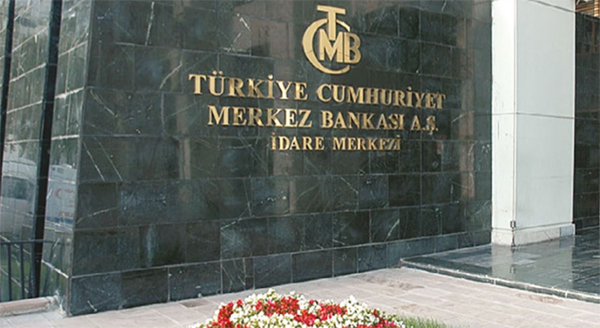The Central Bank of the Republic of Türkiye (CBRT) announced new macroprudential measures to address loan growth and the interest rates applied in commercial loans, facilitating the real sector’s availability of loans. The move aims to support financial stability and strengthen the monetary transmission mechanism, the bank said in a statement, citing the recent increase in the spread between its policy rate and the loan interest rate. Accordingly, the lenders will have to maintain treasury bonds depending on the coefficient on the interest rates in the commercial loans they will give. “The reserve requirement maintenance being applied at a ratio of 20% will be replaced by maintenance of securities at 30% for banks to enhance the efficiency of the practice,” it said.
“For commercial loans, 20% of the loan amount to be extended at an annual compound interest rate 1.4 times higher than the CBRT-released annual compound reference rate,” read the statement. If the loan interest rate is 1.8 times or more than the reference rate, the facility rate will be applied as 90%, it said. The bank unexpectedly lowered its interest rate by 100 basis points to 13% from 14%. The CBRT delivered a series of cuts last year, slashing rates by 5 percentage points before pausing the easing cycle in January. In a statement accompanying the latest decision, the bank said the cut was aimed at driving economic growth and sustaining employment amid growing geopolitical risk. It added that rising loan rates have diminished the effectiveness of the monetary policy. Head of the Ankara Chamber of Commerce (ATO) Gürsel Baran said that with the measures taken by the central bank following the interest rate cut, the commercial loan interest rates were limited to not exceed 30%.
“The decisions taken by our central bank and the measures it has published are indications that the voice of the real sector is heard,” he said, noting that these measures are welcomed by ATO members. He pointed out that the interest rates applied to commercial loans exceeding 45% and the inability to access credits limited the mobility of the real sector. “In this period when the global economy is dealing with many risks, new investment and production opportunities are emerging for our real sector,” Baran went on to say, noting that the business world needs support in order to make use of these opportunities. “With these measures, commercial interest rates are aligned with the policy rate of the central bank,” he said, and thus, the policy envisaging rise in investment, production, employment and exports is supported.

